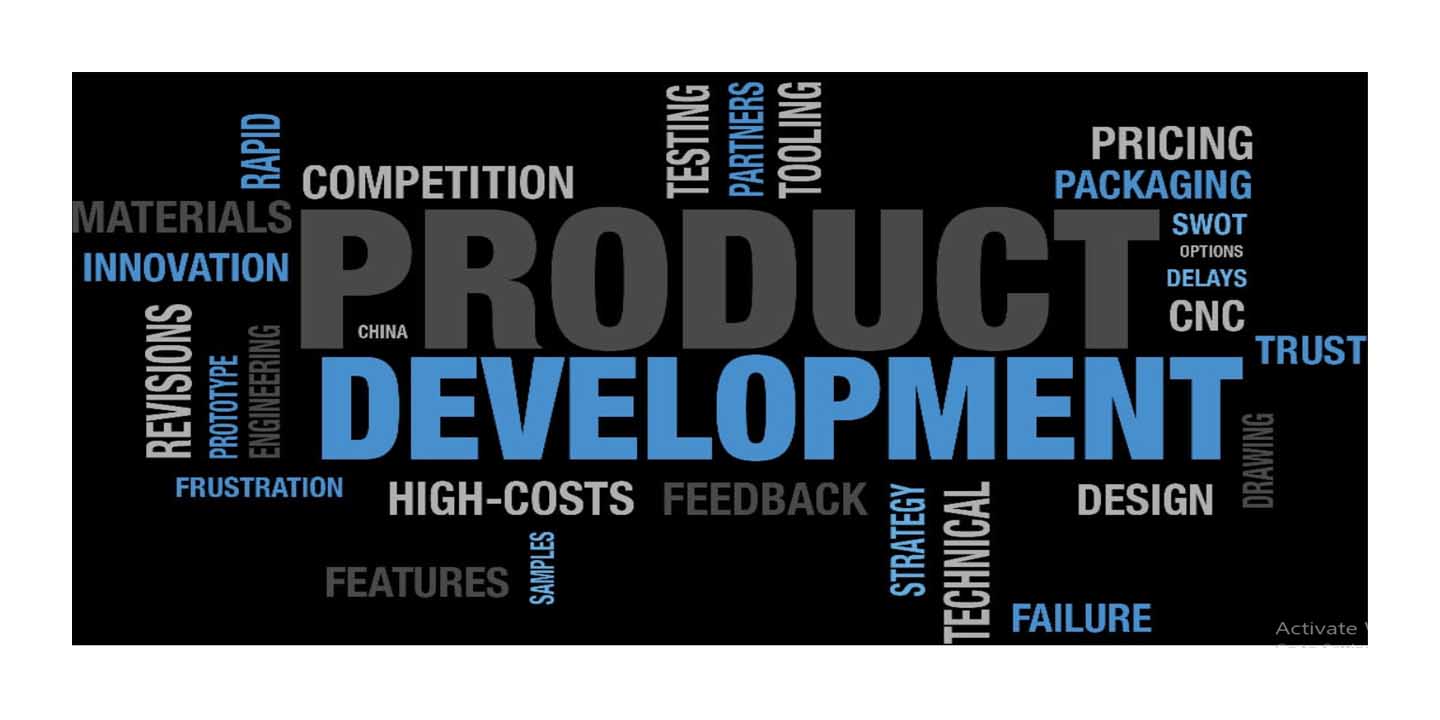TYPE
Innovation & Product Development
“You can’t ask customers what they want and then try to give that to them.
By the time you get it built, they’ll want something new”.
Background:
During some recent communications it was observed that the entrepreneurs are highly fluid. They approach fellow entrepreneurs, potential investors, network groups over social media and other stakeholders of the ecosystem for a regular assessment, validation and feedback of their product development journey.
It was observed as one approached a greater number of people, they tend to blur their own vision, get confused & deploy in excess financial resources and time in product development. And as a result, many of them end up burning themselves out.
Let’s go further and understand how one should tread on the journey of “Innovation & Product Development”!
Challenge:
Product development and innovation has never been easy. Many a times ecosystem participants have competing priorities leading entrepreneurs to redouble the efforts in product development to embed the expectations of all.
These beliefs & expectations evolve rapidly and can cause entrepreneurs to lose the sight of product and business goals.
Thought Process:
In the current fast evolving start-up ecosystem, the role of an effective Product Management must not be over shadowed.
The entrepreneurs tend to interact with various stakeholders and consciously or sub-consciously absorb the thoughts of each interaction thus effecting the overall thought process in the due course.
Product Management must be unprejudiced and focused towards the “Vision” and create what the Start-up intended in the first place. To enable such unprejudiced decision-making entrepreneurs must have
- A defined product development map.
- Data points to back the product development life cycle.
Stages of Product Development
Many a time entrepreneur find themselves in a loop of steps 1-5 and find it difficult to break the loop and proceed further due to -
- Persistence or Insistence on creating the perfect product
- Meeting the investor expectations
- Incorporating changes suggested by potential customer.
- Because competitors are doing it
Here, persistence is not the best way forward!!!
Entrepreneurs must proceed to stage 6 and then based on the actual user feedback revisit stage 2 and take the journey forward.
Having said so, the idea is not to convey that iterations or pivot are not favoured but,
- Too many pivots & iterations dilute the idea, deviates from the path and thus reduce the impact.
- The continuous progress on the idea and the effective delivery affirms the product DNA.
Any deviations from the product map should be based on the data points and not just suggestions of the stakeholders and observations of what the competitors are doing.
Every entrepreneur, start-up, business model is unique in its own sense because it is driven by individuals unique in their expertise, vision, experiences and understanding.
A “Me-too” approach for product development may yield low results while driving with one’s vision and passion will enable one to create something innovative and unique.
As mentioned earlier Product pivots are not the best solution but the last resolution and entrepreneurs must stride for their vision by innovation and adaptation.
Solution
As Steve Jobs noted
“You can’t ask customers what they want and then try to give that to them.By the time you get it built, they’ll want something new”.
To build a great start-up/product, it’s important for entrepreneurs to stay ahead of the curve in the product development lifecycle. It is not always that the products are built out of the existing problems. But great products are built by belief – BELIEF to DRIVE a VISION to INNOVATE!!!
For instance, Air Pods. The existing earphones and Bluetooth earphones were solving the purpose. But the vision to innovate gave birth to Air Pods, which was typically an ancillary product but today its revenue would be higher than many of fortune 500 companies.
Conclusion
Many of the well-known start-ups which have made a mark in our lives were not built by solving the existing challenges or building what the audience wants, they did not really solve any existing problem.
They built something innovative and got people to believe that what they have built solves their (Target Audience) life problems or least have potential to solve certain hurdles faced by them.
Thus, it is important to believe, drive, innovate and communicate in a way that the potential users start believing in the vision of the start-up.

 SUBSCRIBE
SUBSCRIBE
